I was a young child when Rodney King fell victim to police brutality and when, later, the officers involved were acquitted. I remember briefly seeing the clips of the widespread rioting on the news, burning buildings, people crying and businesses destroyed before my parents flipped the channel.
Arguably, I was too young to understand the uproar transpiring in the country. I remained blissfully unaware, sheltered from the reality of media coverage and the influence it had on my young mind.
A few years later when O.J. Simpson was on trial for murder, I remember my teacher turned on the TV so our (mostly white) class could watch. I’m not sure what lesson we were supposed to be learning. An introduction to the judicial branch of government? That is one of many examples of the probability that I was exposed to media content that mirrored the prevailing narrative on race relations in America.
As a sheltered white child, I was taught inadvertently to turn a blind eye to the violence against a Black man, yet perceive the trial of another as mere entertainment completely unaware of the influence the media was having on my perception of the world.
The same was the case throughout history.
Freedom of the press is an essential right and a core principle of democracy but before Black newspapers, there were limited, if even existent, ways for the Black man to argue publicly for their rights and humanity.
What news gets covered and who covers it shapes our collective understanding of what matters to us as a society.
The Black press was critical in the fight against racial injustice. It offered an alternative narrative and changed the narrative about social justice and encouraged citizen empowerment.
As we celebrate Black History Month, it’s essential to acknowledge the journey, obstacles and significant contributions made by African Americans to journalism. Through their work, these individuals, along with many others, have played a critical role in counteracting discriminatory coverage, informing Black communities, and shaping the course of American history.
Freedom’s Journal, 1827
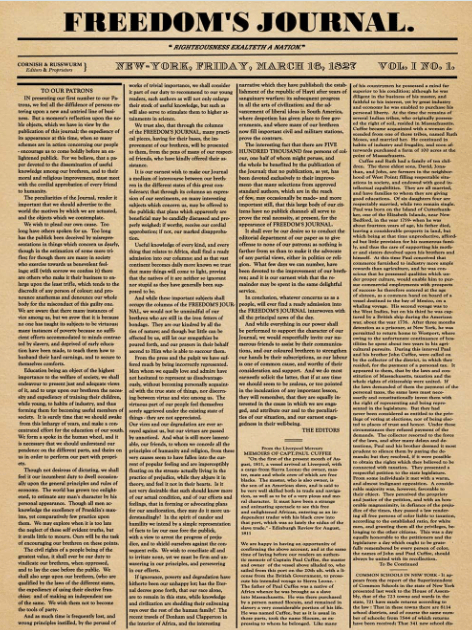
In 1827, John Wilk and Peter Williams, Jr. founded the first African American newspaper, Freedom’s Journal, in New York City, where Samuel Cornish and John B. Russwurm were appointed editors.
The Journal was published weekly and included editorials about slavery, biographies of renowned Black figures, and pieces advocating for political and social rights for the Black community. “We want to plead our own case,” wrote publishers John B. Russwurm and Samuel Cornish, whose objective was to oppose New York newspapers that attacked African Americans and encouraged slavery.
Although it was only published for two years, Freedom’s Journal paved the way for the establishment of over 40 Black-owned U.S. newspapers before the Civil War.
Frederick Douglass | The North Star, 1847
In 1847, Frederick Douglass founded and edited the North Star, a four-page weekly publication that focused on current events concerning abolitionist issues and advocated for the abolition of slavery. Douglass emphasized the importance of Black leadership in the press and stressed self-improvement through weekly publications in the North Star. He believed in dialogue and forming alliances across racial and ideological divides.
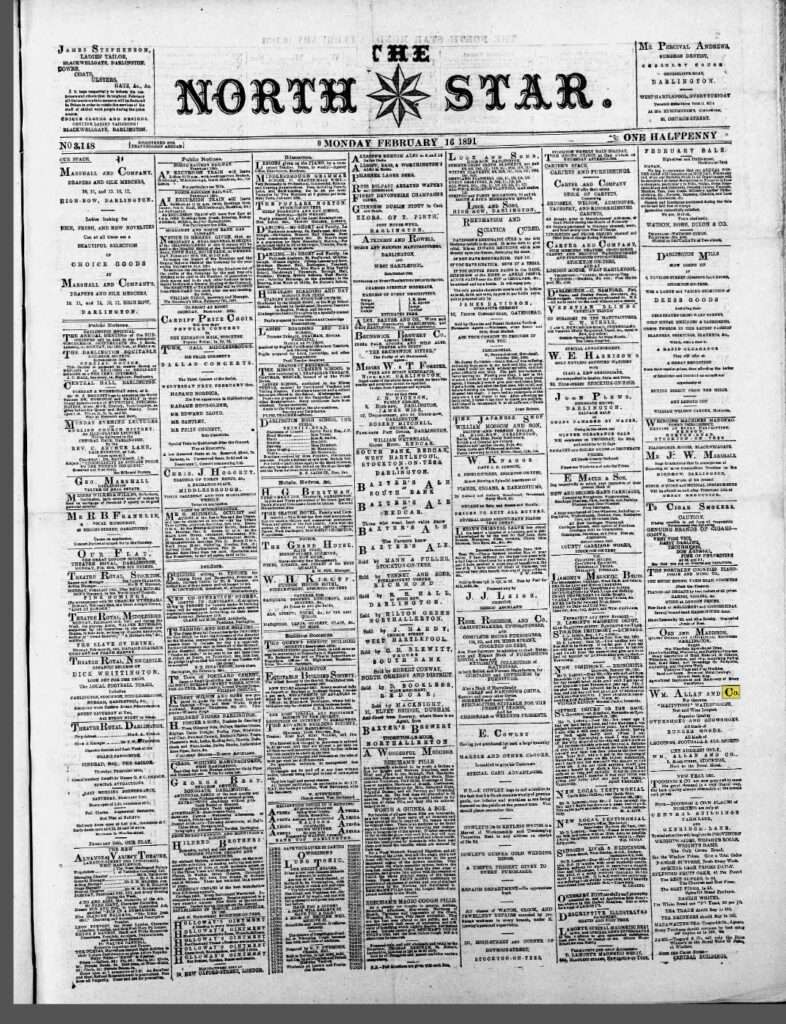
Born into slavery and separated from his mother in infancy, Douglass was raised by his maternal grandparents until age six, when he was “given” to Hugh and Sophia Auldin Baltimore. Sophia Auld began teaching Douglass the alphabet when he was around 12. Unfortunately, her husband disapproved, as he believed that education would only fuel enslaved people’s desire for freedom. Eventually, Sophia adopted her husband’s views and stopped teaching Douglass.
As Douglass continuedNational Portrait Gallery, Smithsonian Institutionto read newspapers, pamphlets, political materials, and books of every description, he began to question and condemn the institution of slavery. Douglass was pivotal in the fight for African-American civil rights in the 19th century. Like many abolitionists, he believed that education was vital for improving the lives of African Americans. He was a leading advocate for the desegregation of schools, and in the 1850s, he called for legal action to make all schools accessible to every child.
In 1851, Douglass merged the North Star with Gerrit Smith’s Liberty Party Paper to form Frederick Douglass’ Paper, published until 1860.
Charlotta Bass | The California Eagle
Charlotta Bass, who owned and edited the California Eagle from 1912 to 1951, was the first female African-American newspaper publisher in the U.S. The California Eagle served as a source of information and inspiration for the Black community. Bass is renowned for advocating for civil rights, including housing, labor, voting, and police reform.
Bass used the publication to shed light on the issues faced by the African American community, which were often ignored or portrayed negatively by the predominantly white press.
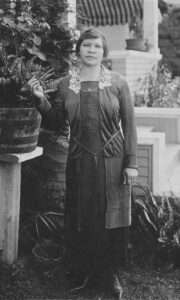
By 1925, the Eagle had developed a large readership, employed a staff of twelve, and published twenty pages a week, including Bass’s weekly column, “On the Sidewalk”. The column brought attention to the unfair social and political conditions faced by minority communities in Los Angeles and relentlessly campaigned for social reform.
Bass established the Home Protective Association to combat housing covenants in predominantly white neighborhoods. She was also a co-founder of the Industrial Business Council, an organization that fought against employment discrimination and promoted entrepreneurship among African Americans. 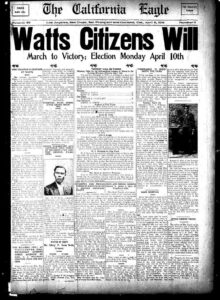
Her pursuits for justice didn’t come without cost, though. Bass was repeatedly accused of being part of the Communist Party. However, there was no evidence of such, yet the Department of Justice interrogated Bass in 1942 over claims that the paper was funded by Japan and Germany. She was monitored by the FBI, who continued to view her as a potential security threat until she was in her nineties.
Ida Bell Wells | Memphis Free Speech & Headlight, 1888
Ida Bell Wells was an investigative journalist who co-owned the Memphis Free Speech and Headlight newspaper. Wells devoted her career to fighting prejudice and violence while advocating for African-American equality, particularly that of women.
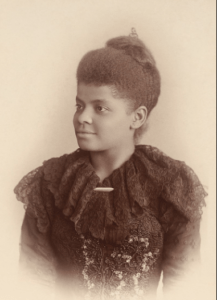 Throughout the 1890s, Wells documented lynching in the U.S. in articles that debunked a fallacy frequently voiced by prominently white papers at that time — that all Black lynching victims were guilty of crimes. She aimed to publish editorials expressing skepticism for public justifications of lynchings, to demonstrate the truth about this violence, and to advocate for measures to stop it.
Throughout the 1890s, Wells documented lynching in the U.S. in articles that debunked a fallacy frequently voiced by prominently white papers at that time — that all Black lynching victims were guilty of crimes. She aimed to publish editorials expressing skepticism for public justifications of lynchings, to demonstrate the truth about this violence, and to advocate for measures to stop it.
Wells used the power of journalism to raise awareness about the most extreme horrors of life under Jim Crow. She faced constant threats and harassment for her work. Wells left Memphis and moved to Chicago after a mob destroyed her newspaper office and presses. No copy of the Memphis Free Speech survives.
Throughout the rest of her life, she wrote, spoke, and organized for both civil rights and the women’s movement and was a founding member of the National Association for the Advancement of Colored People (NAACP).



